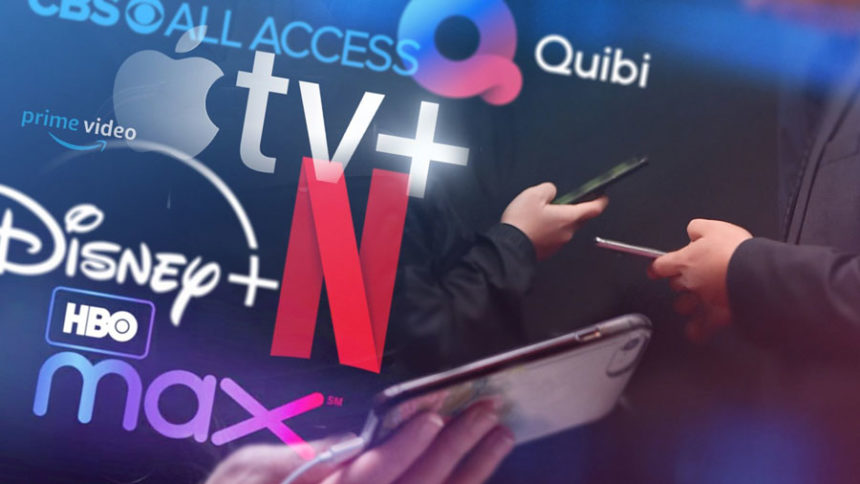The Politics of Streaming
December 15, 2019
With more and more people switching to streaming services like Netflix, Hulu, and Prime Video, more traditional media outlets like cable and satellite television are slated to lose tens of millions of subscribers to these services. It comes as no surprise then, that numerous new streaming services have sprung up throughout the 2010s, copying the successful initial structure of Netflix; however, in 2019 and 2020, it seems as though new streaming services have exploded onto the scene, and even companies traditionally reliant on television subscribers that have lagged behind in the streaming service revolution are catching up. College students are amongst the most targeted groups for these new streaming services, including NBC’s Peacock and Apple’s Apple TV+, as 2019 saw a steady increase in students subscribing to streaming services and 92% of college students reporting having access to at least a Netflix subscription.
With so many new streaming services going live in late 2019 or early 2020, including Peacock, Apple TV+, Disney+, HBO Max, AT&T TV, Discovery/BBC, and Quibi, the general public has numerous options for streaming services; however, with surveys indicating the average consumer will purchase subscriptions to only three to five services, the competition amongst the streaming giants for subscribers is extraordinarily fierce. Without an infinite content pool to draw from the competition between services for content has been similarly fierce, as exemplified by Peacock’s purchases of the rights to streaming hits The Office and Parks and Recreation for hundreds of millions of dollars annually. As a result, many services have put funds towards creating exclusive, original content, with leaders like Netflix spending $15 billion purely on original content through three quarters in 2019.
The sheer number of newer, cheaper streaming services will undoubtedly decrease the subscription counts of the older, well-established streaming giants like Netflix and Hulu. The future for cable and satellite television also seems bleak. The sports industry is currently single-handedly upholding the traditional television industry; however, as options like fuboTV and YouTube TV become more accessible each day, even the stranglehold traditional television has on live sports is being threatened. The public has also already started to rely on streaming services for new, original content with the success of shows like Netflix’s Stranger Things and Hulu’s The Handmaid’s Tale. That reliance is only bound to grow, with big names like Henry Cavill, Amy Poehler, Adam Sandler, Scarlett Johansson, and Steven Spielburg all tied to a streaming service.
The landscape on which we access content is set to change dramatically in the coming months and years. What it spells out for the average consumer is options. But what goes along with those options is a loss of access to content. With content spread out amongst streaming services and the recession of the traditional television industry, consumers may find themselves in a very unfamiliar position after the streaming wars conclude.


